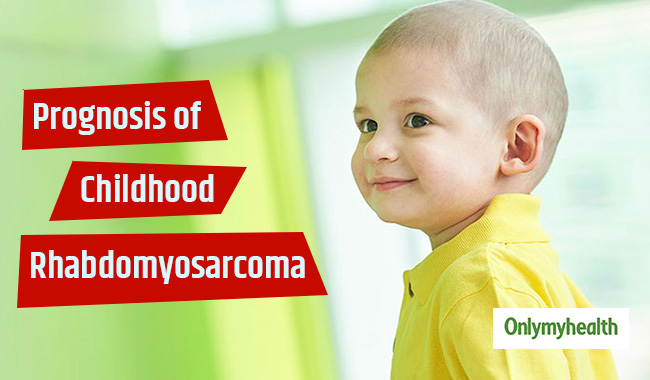
Childhood rhabdomyosarcoma is a medical condition characterised by malignant (cancer) cells forming in muscle tissues. It is a type of sarcoma that begins in muscles that are attached to bones and that help the body move. There are three main types of rhabdomyosarcoma – embryonal, alveolar and anaplastic. Embryonal rhabdomyosarcoma is the most common type, while anaplastic rhabdomyosarcoma is a rare form.
Table of Content:-
One of the possible signs of childhood rhabdomyosarcoma is a lump or swelling that keeps getting bigger. Among other signs are bulging of the eye, headache, trouble urinating or having bowel movements, blood in the urine, and Bleeding in the nose, throat, vagina, or rectum.

Prognosis of Childhood Rhabdomyosarcoma
- The following factors affect prognosis (chance of recovery) and treatment options
- Where in the body the tumour started
- The size of the tumour at the time of diagnosis
- Whether the tumour has been completely removed by surgery
- Whether the tumour has spread to nearby lymph nodes or distant parts of the body
- The type of rhabdomyosarcoma
- The patient's age and general health
- Whether the tumour has just been diagnosed or has recurred (come back)
For patients with recurrent cancer, prognosis depends on where in the body the tumour recurred (came back), when the cancer recurred and time passed between the end of cancer treatment.
Read more articles on Childhood Rhabdomyosarcoma.
For more related articles, download OnlymyHealth App.
How we keep this article up to date:
We work with experts and keep a close eye on the latest in health and wellness. Whenever there is a new research or helpful information, we update our articles with accurate and useful advice.
Current Version
